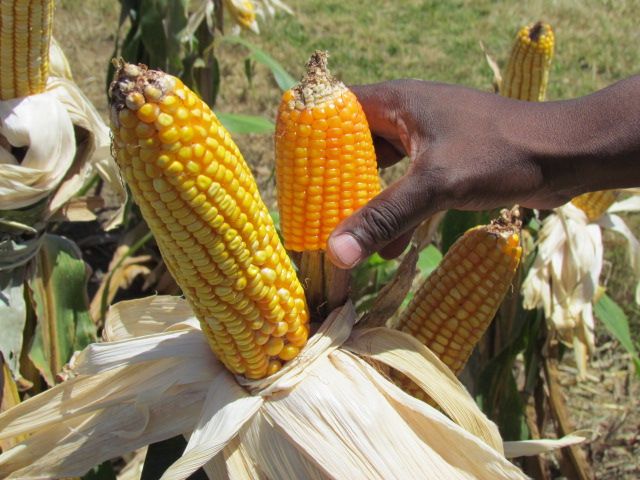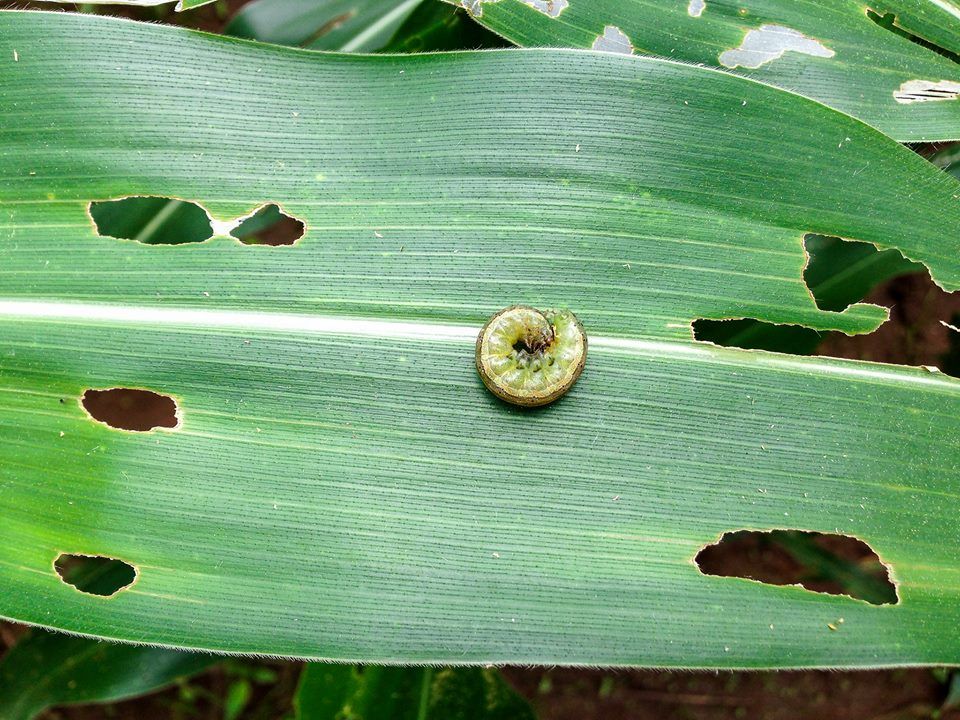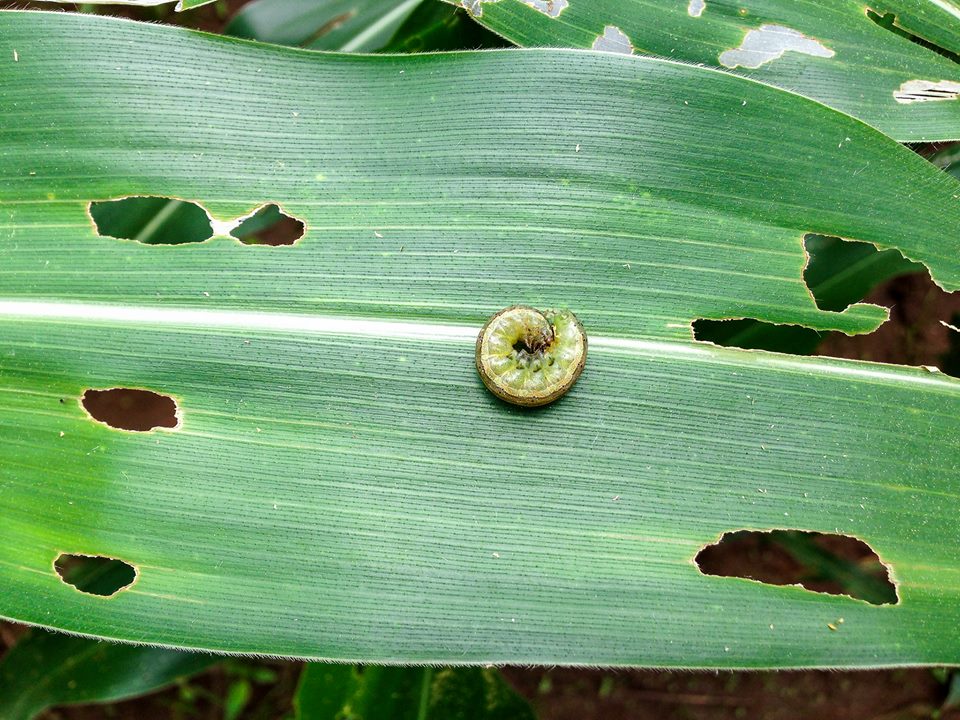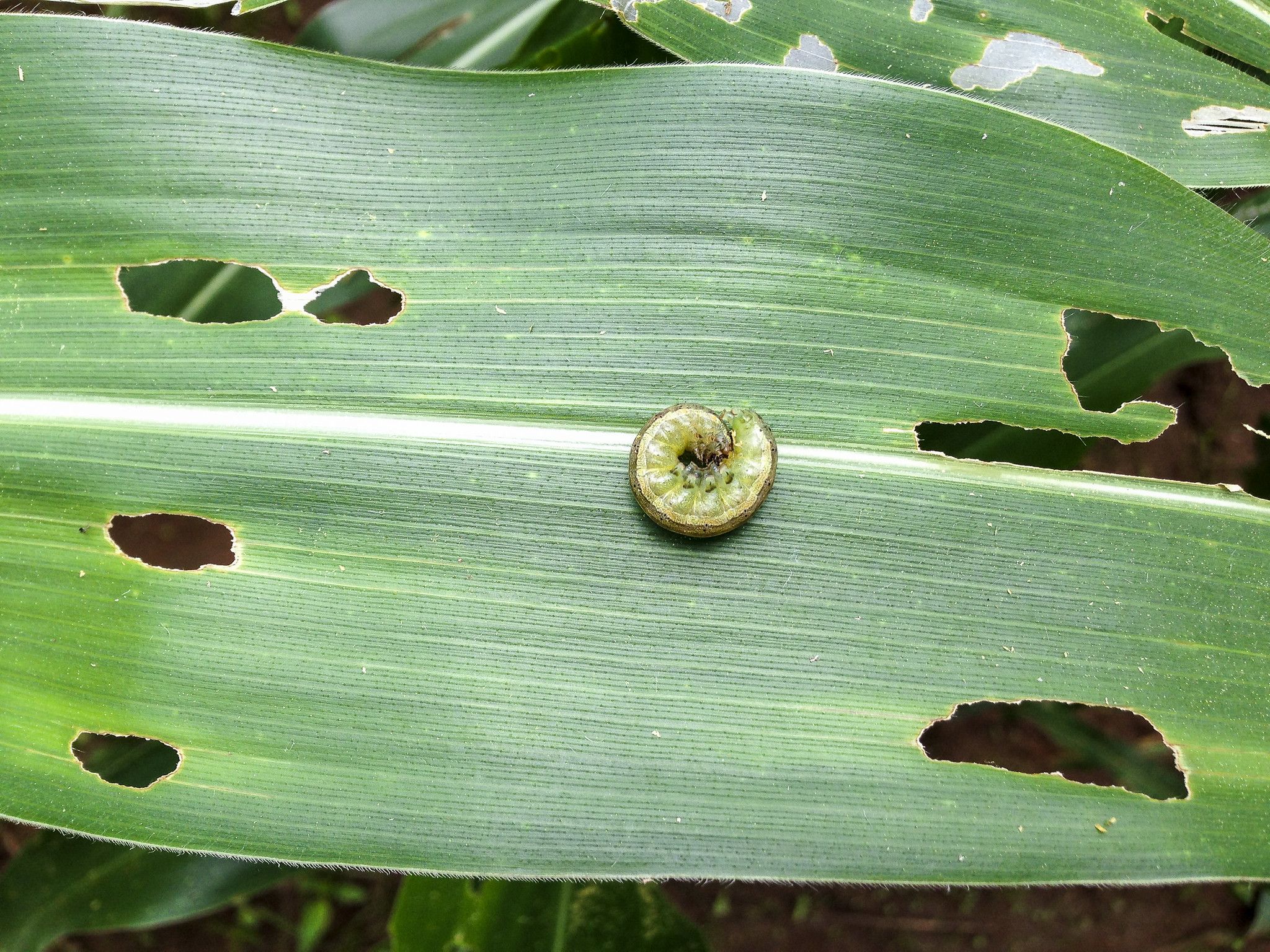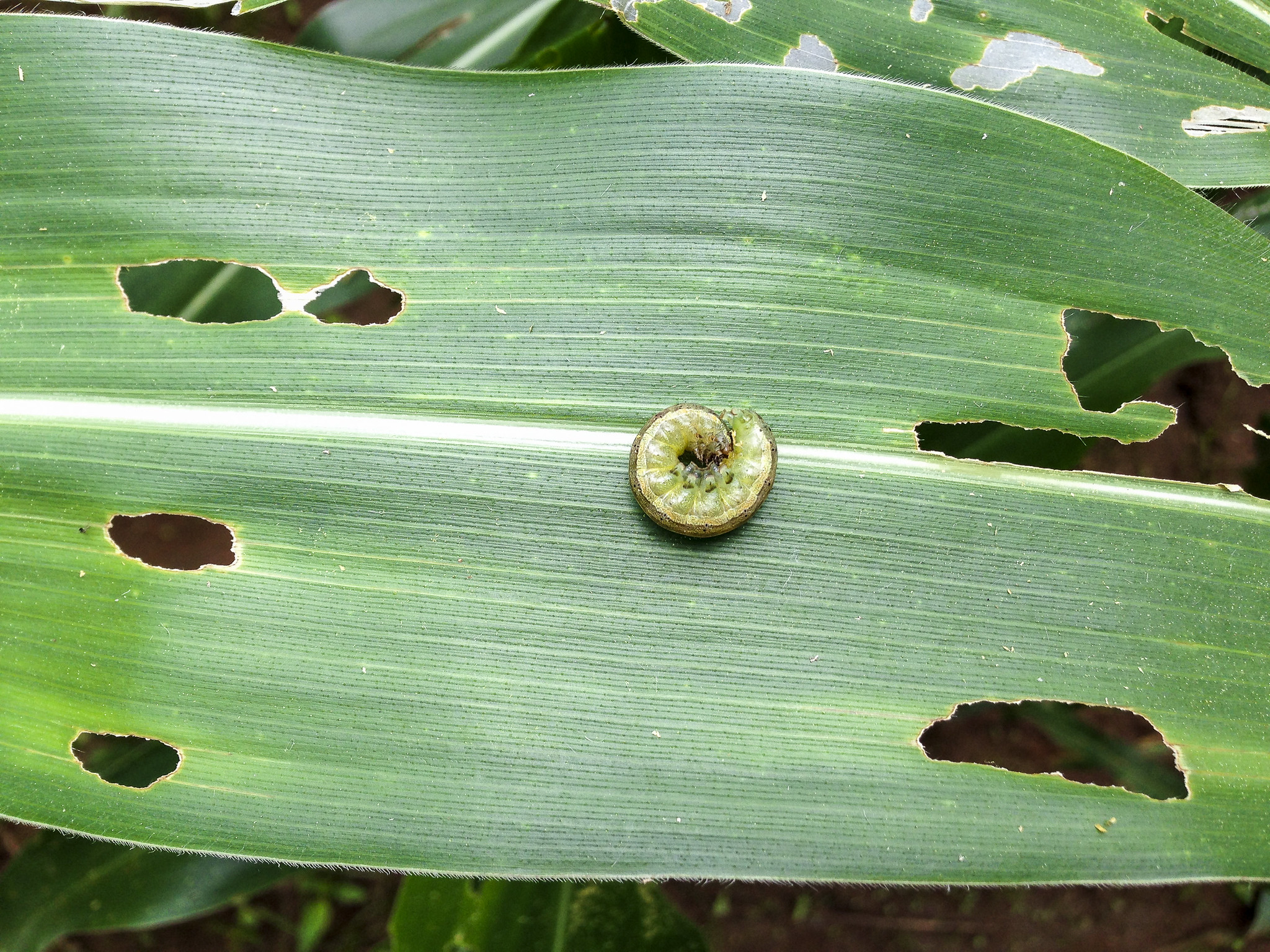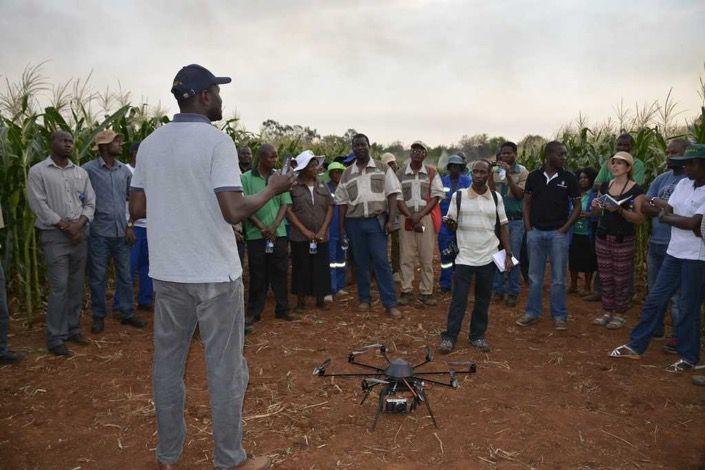Crop variety guide for farmers
As part of a rural resilience project in Zimbabwe, the International Maize and Wheat Improvement Center (CIMMYT) has published a new guide to stress-tolerant crop varieties for smallholder farmers in Zimbabwe.
The guide is a critical output of a project led by CIMMYT and the international humanitarian response agency GOAL, in collaboration with the United Nations World Food Programme (WFP), the Government of Zimbabwe and other partners. With financial support from the Swiss Agency for Development and Cooperation (SDC) and the U.S. Agency for International Development (USAID), the project aims to reach 5000 smallholder farmers in target areas in the country.
Among the project components is the promotion of stress-tolerant seed and climate-smart agriculture practices to rural smallholders. With increasing threats of climate change and a decline in soil fertility, using these improved varieties and climate-smart practices is critical to help farmers adapt to external stresses.
To support variety adoption, a team of CIMMYT experts have identified suitable drought-tolerant and nutritious maize, sorghum and millet varieties. These will be promoted through “mother and baby” trials, designed to facilitate conversations among farmers, extension, and researchers, in these areas.
The new crop variety guide aims to help smallholder farmers in target areas make informed choices by providing critical information about the prioritized products and their maturity length, drought-tolerance, nutritional value, and pest and disease resistance. Direct linkages with private sector seed companies will ensure that farmers have access to this seed at affordable prices.
Implementing crop rotation between these best-suited, stress-tolerant varieties and climate-resilient cowpeas and groundnuts in a conservation agriculture system can improve food and nutrition security even under a variable climate.
Starting with good seed, and enhanced with improved agronomic practices, smallholder farmers have a greater chance of reliable yields and improved income.
Download the manual: Variety description: maize, sorghum, millet, cowpeas and groundnuts
